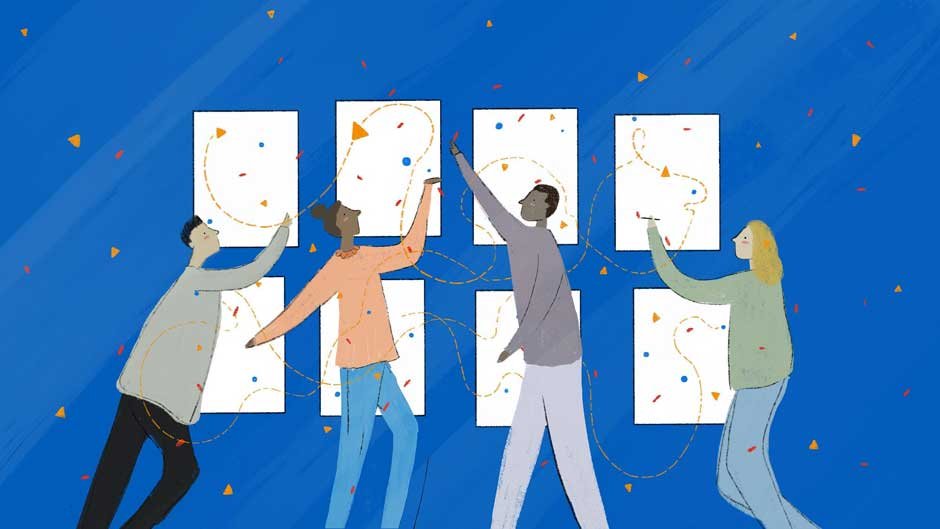There’s an undeniable magic in revisiting the past through photographs. These tangible pieces of time encapsulate laughter, love, and cherished moments. But what if you could do more than just look at these images? What if you could weave them into a captivating narrative, a visual storyboard that brings your family history to life?
In this article, we’ll guide you through the process of transforming your family memories into a stunning visual storyboard.
Understanding Visual Storyboards
A visual storyboard is essentially a comic strip of your life. It’s a sequence of images that tells a story. Unlike traditional storyboards used in filmmaking, your focus is on capturing the essence of your family’s journey. It’s a creative outlet that allows you to relive and share your family’s history in a visually engaging way.
Gathering and Selecting Family Memories
The first step is to gather your family’s photographic treasures. Dig out those old albums, boxes of prints, and forgotten photo boxes. You might also have a collection of slides or even film negatives. These are the raw materials for your storyboard.
Once you’ve assembled your collection, it’s time to select the images that resonate with you. Look for pictures that evoke strong emotions, tell a story, or represent significant milestones in your family’s life. Consider the overall theme or narrative you want to convey and choose images that align with that vision.
Planning Your Storyboard
Before you start arranging your images, take some time to plan your storyboard. Consider the following:
- Theme:What is the overall story you want to tell? Is it a chronological journey through time, a celebration of family bonds, or a focus on specific events?
- Layout:How will you arrange your images? Will you use a traditional comic strip format, a collage-style layout, or a more experimental approach?
- Text:Decide if you want to include text to accompany your images. This could be captions, quotes, or short descriptions.
Crafting the Storyboard
With your plan in place, it’s time to start building your storyboard. Experiment with different arrangements, trying out various layouts and combinations of images. Don’t be afraid to get creative!
Consider incorporating other elements besides photos. You could include handwritten letters, postcards, or newspaper clippings to add depth and texture to your story. For a truly immersive experience, consider adding audio elements like music or recorded voices.
Sharing and Preserving the Storyboard
Once you’ve completed your storyboard, it’s time to share it with the world! Here are some ideas:
- Display:Frame your storyboard and hang it on a wall, or incorporate it into a scrapbook.
- Digital Slideshow:Create a digital slideshow with your storyboard images and share it with family and friends.
- Social Media:Share snippets of your storyboard on social media platforms to engage a wider audience.
- Printed Copies:Create printed copies of your storyboard to distribute to family members.
Preserving your storyboard for future generations is essential. Consider using high-quality materials and protective coverings to safeguard your physical storyboard. Additionally, consider digitizing your storyboard to create a digital backup. This involves transforming your slides into a digital format and converting any film negatives to digital photos.
Conclusion
Crafting a visual storyboard from family memories is a rewarding and deeply personal journey. It allows you to connect with your family’s history in a tangible and meaningful way. By sharing your storyboard with others, you’re not only preserving your family’s legacy but also inspiring others to create their own visual stories.
So, why wait? Start digging through those old photo albums and let your imagination run wild. Your family’s story deserves to be told, and a visual storyboard is the perfect way to do it.

